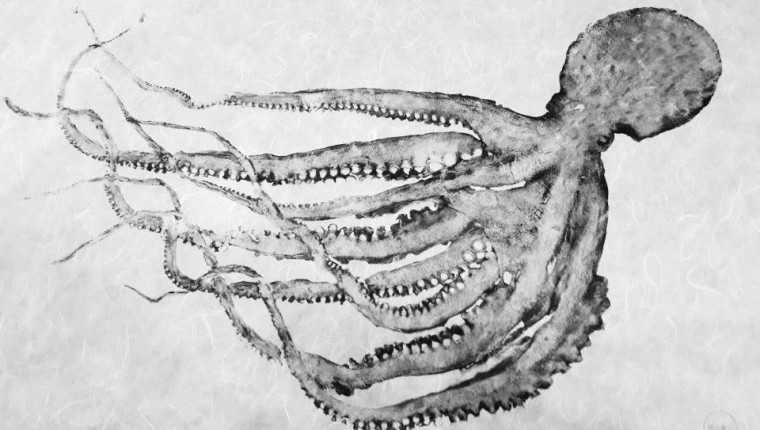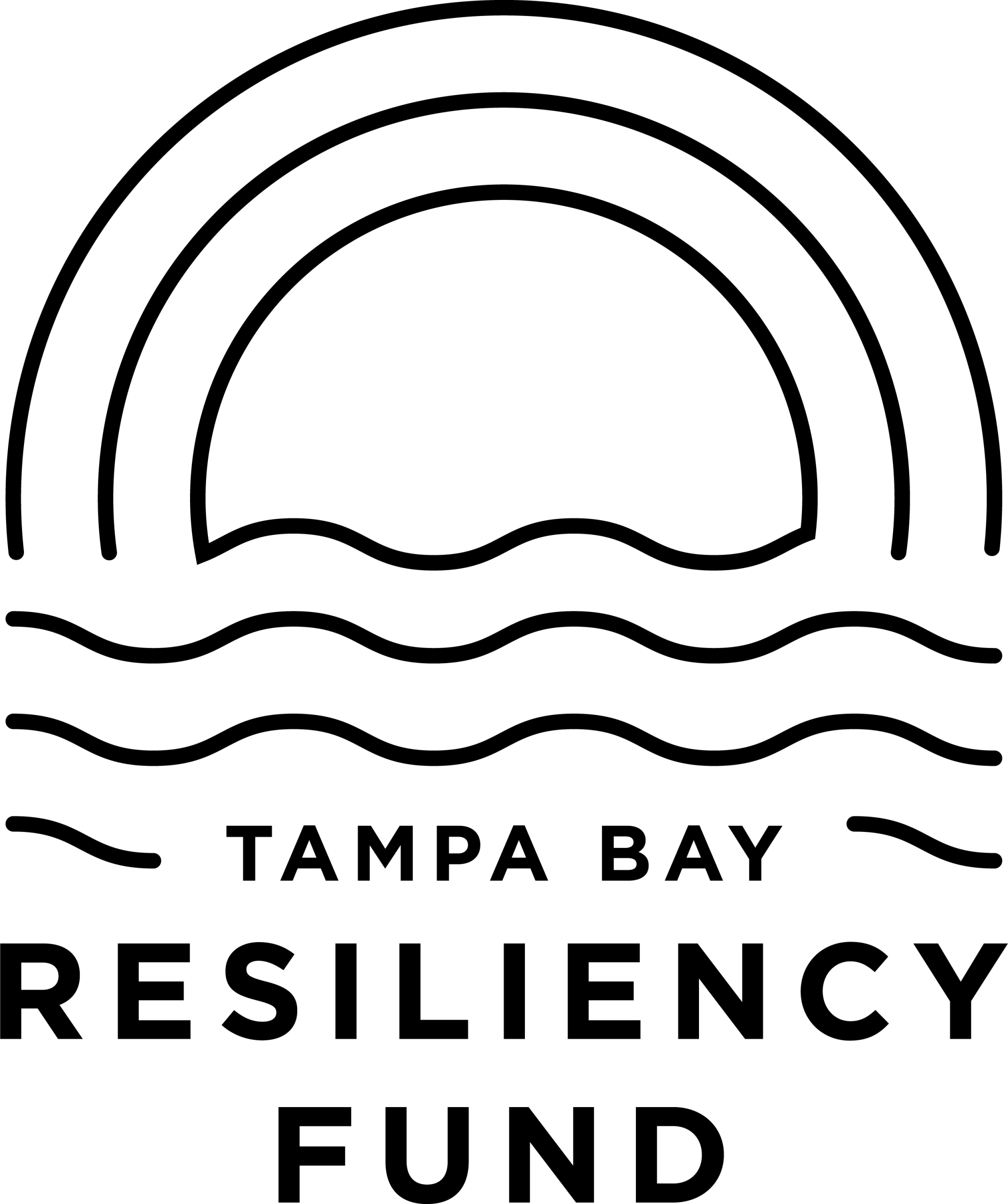A story keeps coming into my orbit about a discovery in octopus’ behavior; that they dream (maybe). There is a PBS video clip of the phenomenon which shows a sleeping octopus rapidly cycling through different body coloration and patterns through the process of metachrosis, previously thought to be inactive when they sleep. I keep coming back to this video, watching it over and over.
I responded so strongly because how the octopus communicates her raw visual emotion through chromatophores is akin to my creative language and process. The way I think, feel, and experience the world has always been visceral and sensory oriented. Ideas come like pulses of dramatic feeling, light, color, and texture in a cellular way, without linguistic context or solid form, much like the octopus cycling through coloration. In the video, the narrator remarks “If she is dreaming, this is a dramatic moment” and “You can almost narrate the body changes and the dream”. He goes on to project what she’s dreaming about, but the point is, you are on this radical emotional journey with her that is told entirely through the senses. You do not need language or an understanding of her thoughts to experience that journey and construct a narrative around it. Although I can’t dictate what my own work means in the world, I see my art functioning as an amorphous, emotional blurb to be felt and subjectively interpreted in that same way.

Part of what makes me relate to the octopus and her sensory communication is my Bipolar II diagnosis. This is not something I wrap my identity around, but it has affected my life significantly in both positive and very debilitating ways. Many people are familiar with bipolar disorder (bpd) – it’s quite popular! At its core, it is a mood disorder characterized by unregulated, fluctuating, often extremely polarized emotional states. To that end, it feels like being powerlessly controlled by intense feelings, and at their mercy. For me it comes with a chronic need for connection on a deep sensory level, to not feel dead inside. At the same time, I am easily overwhelmed by the obtrusive, radiating emotional energies of the world and people around me.
The way I make art developed subconsciously as a tool for me to reconcile, or satiate, or manage the tension of the often-unbearable binary states of alignment and dissociation inherent in bpd. It gives me the space to be aggressively physical, wrestling with materials and exploring my complex, amorphously defined feelings through an intuitive language of the senses. The product of that exploration, my hope, is a strong visual representation of that exploratory process and which emotes to others in the same rich way the dreaming octopus emotes to me.

I’m often ambivalent when it comes to talking about my work and process because it is important to me that the work speaks strongly for itself, and also that everything I care to express is contained within the art. I’m not concerned with controlling or dictating context and I want my work to be freely and subjectively experienced. In that sense, it’s not important to me that people “get it”. We often talk about “who for” and “who NOT for” when thinking about our audience. My “who not for” is anyone who needs a lot of explanation to appreciate or value my work. And that’s ok.
So, I don’t know if I was an octopus in a past life. I am a double water sign. And I do feel like I have chromatophores that allow me to communicate visual emotion through some kind of cellular process. I also feel aligned with their mysterious solitary lifestyles; How they curiously feel their way through ocean depths (a metaphor for the subconscious, which is the basis for most of my material), investigating the environment with their sticky tentacles, twisting and contorting with the currents, jointless, as they find ways to survive. So maybe.



